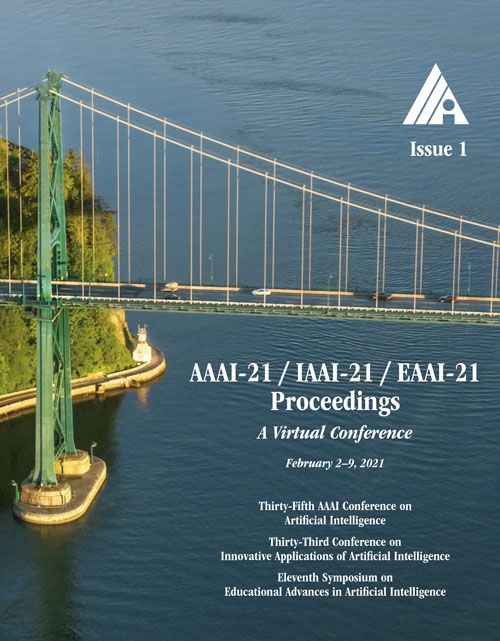Bringing UMAP Closer to the Speed of Light with GPU Acceleration
DOI:
https://doi.org/10.1609/aaai.v35i1.16118Keywords:
Software Engineering, Dimensionality Reduction/Feature Selection, Learning with Manifolds, Scalability of ML SystemsAbstract
The Uniform Manifold Approximation and Projection (UMAP) algorithm has become widely popular for its ease of use, quality of results, and support for exploratory, unsupervised, supervised, and semi-supervised learning. While many algorithms can be ported to a GPU in a simple and direct fashion, such efforts have resulted in inefficent and inaccurate versions of UMAP. We show a number of techniques that can be used to make a faster and more faithful GPU version of UMAP, and obtain speedups of up to 100x in practice. Many of these design choices/lessons are general purpose and may inform the conversion of other graph and manifold learning algorithms to use GPUs. Our implementation has been made publicly available as part of the open source RAPIDS cuML library (https://github.com/rapidsai/cuml).Downloads
Published
2021-05-18
How to Cite
Nolet, C. J., Lafargue, V., Raff, E., Nanditale, T., Oates, T., Zedlewski, J., & Patterson, J. (2021). Bringing UMAP Closer to the Speed of Light with GPU Acceleration. Proceedings of the AAAI Conference on Artificial Intelligence, 35(1), 418-426. https://doi.org/10.1609/aaai.v35i1.16118
Issue
Section
AAAI Technical Track on Application Domains

